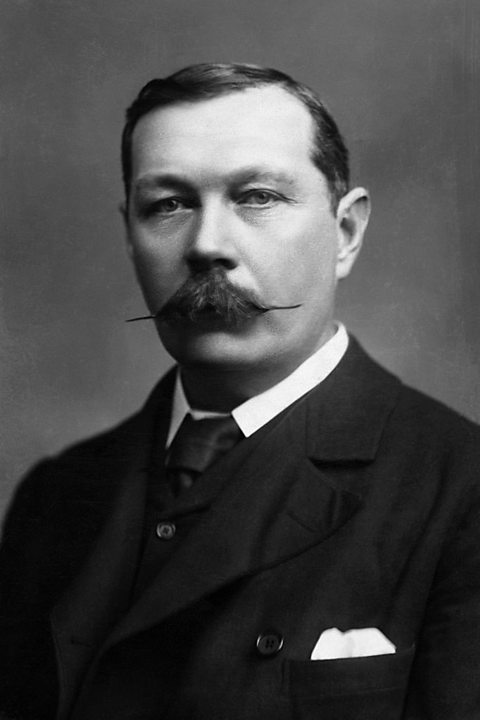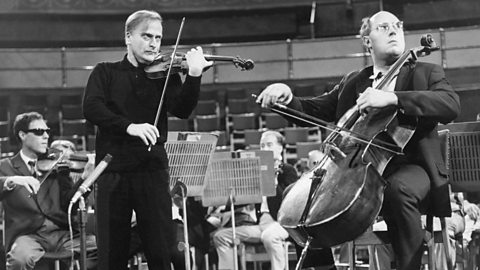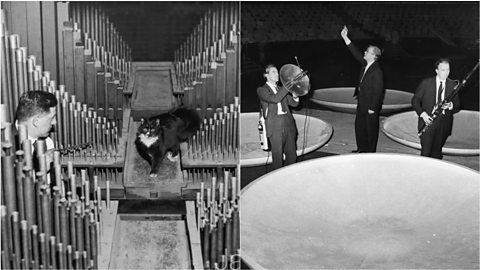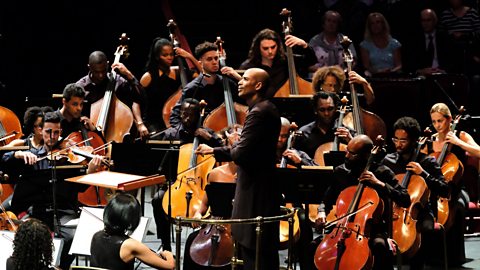It’s one of the most recognisable buildings in the country and has even been referred to as ‘the nation’s village hall’. In 2021, the Royal Albert Hall in London’s Kensington marks its 150th anniversary.
Made up of more than six million red bricks and 80,000 blocks of terracotta, the Hall opened in 1871 as a tribute to Queen Victoria’s late husband, Prince Albert. In the ensuing century and a half, the circular building has welcomed concerts, performances and events as diverse as the annual BBC Proms, tennis matches and stand-up comedy. If you have previously associated the Hall with classical music, or perhaps the annual Festival of Remembrance, some of the following facts may well surprise you.
Made in London... and Manchester
It took four years to build the Royal Albert Hall. While the building itself was being constructed in London, the roof was built in Manchester. It was taken to pieces for its journey by train to the capital, then put together again on arrival.

The roof simply sits on top - it is not attached to the Hall building in any way. When it was put in place, the weight of the roof caused the Hall to sink by just under a millimetre. It remains a sturdy construction after 150 years - the roof of the Royal Albert Hall is able to withstand the weight of up to 158 tonnes of snow on a particularly wintery day.
If you want an idea of how tall the Hall is, it is the same as 10 double-decker buses placed one on top of the other, with a taxi on top.
It isn’t just the exterior of the Hall that boasts impressive dimensions. The carpet in its circular corridor is the largest single-woven design in the world. It is twice the size of the pitch at Wembley Stadium.

Firsts on the bill
An impressive display of biceps took place at the world’s first bodybuilding competition, held at the Royal Albert Hall in September 1901. It was more than 40 years before the birth of future Mr Universe Arnold Schwarzenegger, and the man judged to have the best developed physique went home with 1,000 guineas (roughly the equivalent of £130,000 today). Competitors posed in leopard skins, among other outfits, and the final verdict was judged by Sherlock Holmes author Arthur Conan Doyle, who would be knighted the following year - but not for his services to bodybuilding.
Other world firsts at the Hall include a sci-fi convention, held in 1891. It could also be one of the earliest examples of cosplay as it was a ‘costumed fundraiser’ based on the 1871 novel The Coming Race by Baron Edward Bulwer-Lytton. An indoor marathon was held there in 1909, requiring 524 laps of the auditorium, with a military band and tenor providing entertainment for the 2,000 spectators to stop them getting bored.
Music also played a part in the first ever concert in the UK broadcast in colour; Prom 17 from the 1967 season of The Proms went out in every shade of the rainbow from the Royal Albert Hall on 11 August on BBC Two.

The Albert book of records
When a venue has been open for 150 years, it’s perhaps not surprising that it generates some interesting, and occasionally unusual, statistics.

For example, in 1929, the Hall welcomed its youngest ever headline act, a 13-year-old violinist called Yehudi Menuhin. He would go on to have a renowned musical career and also break another Albert Hall record. His last performance at the venue came in 1998, 69 years after his first. It remains the longest span of performances by an artist at the Royal Albert Hall so far.
Menuhin wasn’t the oldest performer in the building’s history though, that honour goes to the French singer Charles Aznavour, who headlined a 2015 concert at the age of 91. The youngest ever conductor was Willy Ferro, a child prodigy from Italy, who led the orchestra in 1914 at the age of… seven.
The big hitters
A performance at the Royal Albert Hall is often on the touring schedule of the world’s biggest acts. They have included Adele, Harry Styles, Ella Fitzgerald, Jimi Hendrix and Fred Astaire.
Appearing at the Hall can also mean access to its impressive Henry Willis pipe organ, known as the Voice of Jupiter. Just over 21 metres high and just under 20 metres wide, it weighs 150 tonnes and is made up of 9,999 pipes. If those pipes were laid end-to-end, they would stretch out for nine miles.
The organ was the second largest instrument in the world when the Hall opened in 1871. It has since been played by bands including Pink Floyd, Muse and McFly during their appearances at the Albert and was also used on the soundtrack of the Disney film Tron.

In 1977, the Swedish pop group Abba announced two dates at the Royal Albert Hall. The staff received three-and-a-half million applications (by post!) for tickets. The unsuccessful applicants were a few years too late to take advantage of a service the Hall ran in the 1890s. Those who couldn’t attend a concert in person paid a subscription to hear it played down their telephone line via an entertainment service called Electrophone. It was not cheap; a year’s subscription cost around the same as a servant’s annual wage in a wealthy home.
Until 1969, the Hall had issues with its acoustics, caused by an echo created in the coving of the roof. A solution was found by suspending a cluster of acoustic diffusers from the ceiling. Also known as the ‘mushrooms’, 135 diffusers were made in fibreglass by a firm in Yorkshire and, once they were in the place, successfully kept the echo at bay. In 2001, a Dutch company took another look at the mushrooms to boost their effectiveness. They removed 50 and rearranged the remaining 85. There is now a greater density of the diffusers above the centre of the stage and some now hang behind it, where there were none originally.
How did the Dutch team work out this new configuration? They built a (smaller) replica of the Hall in their studio, which one person could just about stand up in, to test their acoustic theory.
When classical music was punk
What some composers went through would have The Sex Pistols quaking.

10 pieces of classical music you didn't know you knew
Classical music is everywhere in pop culture if you look hard enough.

Five potential health benefits of music
From weight loss to preventing snoring, music has a special way of keeping us healthy. Find out how here.
